Envisioning the restoration of grasslands: what I value, and what we value
Insights from a grassland restoration Real-World Laboratory 2
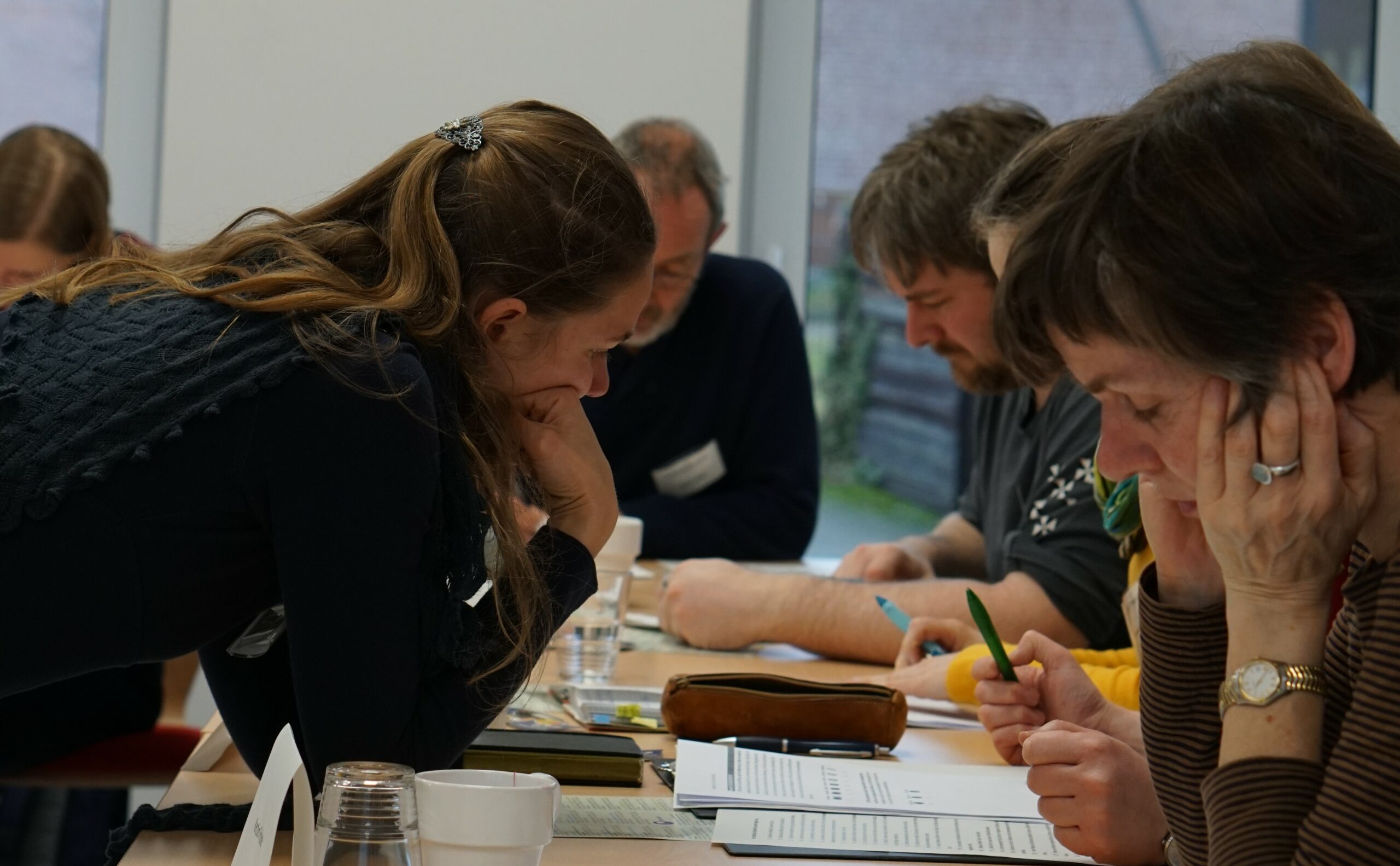
The importance of ecosystem restoration is becoming increasingly central in our present times as we are witnessing high rates of land and biodiversity degradation, driving a lot of species to extinction. What is often less recognized, however, is how this species loss is distributed. For example, the majority of Germany’s declining plant species are open-land species1, such as those found — or increasingly more likely to have been found — in species-rich grasslands. Besides the intensive use of pesticides, one of the main reasons for biodiversity loss is the change in land use practices and the associated loss of habitats for precisely these species.2 On the one hand, meadows and pastures are managed more and more intensively or converted to arable land. On the other hand, areas are abandoned and left fallow. In the former case, for example, heavy fertilization promotes particularly competitive species at the expense of other plant species in the grassland, thereby reducing species diversity. In the latter case, the areas become increasingly scrubby. Thus, the grassland’s continued extensive management is necessary to maintain its species-richness3, highlighting the interdependence between social systems and ecosystems in species-rich grasslands and their stability over time. Therefore, not only the ecological approach is central to the successful restoration of grasslands, but also the inclusion of the social, political and economic aspects of such a process. The greatest challenge to achieve a social transformation is thereby to restore the links and connections between people and ecosystems. For this, we need to think about new integrated approaches to social-ecological restoration that consider the human dimension and how this can contribute to restoring larger areas of species-rich grassland as a means to bend the biodiversity curve and to provide many other ecosystem services including climate mitigation and adaptation.
This is what the grassland restoration project Grassworks is aiming at. The project tries to go beyond a classical conservation approach and analyses the ecological, socio-ecological, and socio-economic factors that lead to successful grassland restoration in Germany. In the context of this project, the 1st participatory workshop and with that the second event in the northern real-world laboratory took place on the 17th of February 2023 at the Volkshochschule Wittingen. The real-world laboratories are an important component of Grassworks and their aim is to create an ongoing collaborative and experimental space where the topic of grassland restoration is discussed with different stakeholders from the scientific sphere along with actors from civil society (you can find more info about Grassworks and the real-world labs in this blog post, or on our website).
The February workshop was about the process of getting to know each other and understanding where we stand when talking about grasslands and their valuation. It was facilitated by Prof. Dr. Jacqueline Loos, and Dr. Miguel A. Cebrián-Piqueras, both part of the Grassworks team. Among the participants were members of the Otter Center Hankensbüttel, the Chamber of Agriculture, the Lower Saxony Land Society, the Lower Nature Conservation Authority, professors and scientists, as well as a few student workers of the Leuphana University Lüneburg and the Anhalt University of Applied Sciences. The participants were invited to share their knowledge and to discuss each other’s perspectives, on the ecological processes and human-nature relationships concerning grasslands. The participants were encouraged to reflect on their values in relation to grasslands, both individually and collectively, and to gain insights into scientific findings on ecological, social as well as economic factors that influence grasslands.
“When I was a child…” — Values associated with grasslands are often relational
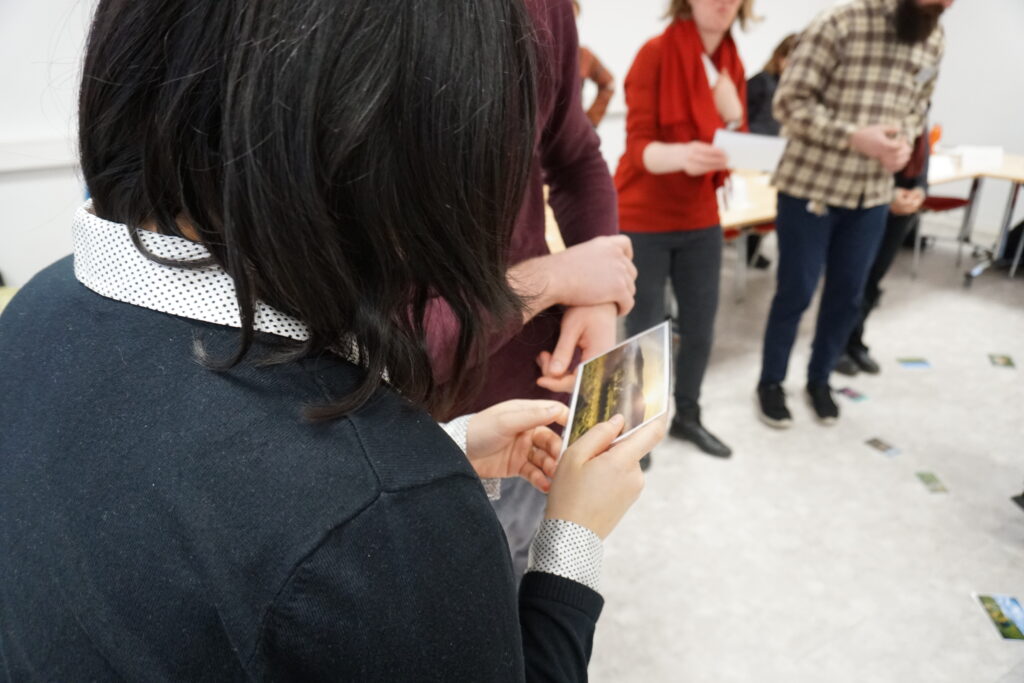
The importance of personal values in relation to grasslands already became clear during the introductory round. To get to know each other better, the participants were asked to choose a picture that they particularly liked from a variety of pictures distributed in the room. The pictures included hilly and wide meadow landscapes, seas of flowers, and cows grazing on pastures. With the chosen pictures, the participants could then introduce themselves to the others and describe what they particularly liked about the picture. The associations with the pictures were surprisingly often emotional, and the stories told were frequently related to the participants’ childhood and personality. One person, for example, showed a picture of a boy in a meadow in full bloom on a summer day and expressed a deep connection to this picture, since there was a very similar picture of himself as a boy in such a meadow more than 50 years ago. He said the meadow had been full of cowslips (Schlüsselblumen in German) then, and he could still remember that moment in the meadow to this day. Many other stories were also closely connected to childhood and home, one’s own person or the feeling of relaxation and aesthetics. Often a feeling of longing was described, for example, for colorful, species-rich meadows, for pastures with cows or other grazing animals, or for the feeling of summer, vacation, and the sun on one’s face which participants connected with grasslands. Thus, with the introduction round, it was shown, to a surprising extent, that the personal and emotional value of grasslands is something that many of those present share.
In the next session, participants were able to delve deeper into their personal values on grasslands, before engaging in a joint exchange about shared values. For this, they were asked to fill out a survey about values and knowledge regarding grasslands. This involved both material values, such as the production of hay, the provision of clean water and soil fertility or economic benefits, and immaterial values, such as the cultural, community, or emotional significance of grasslands (e.g. through recreational values, a link to one’s identity, or a connection to culture and community). In addition, it was also possible to express the importance of intrinsic values that give grasslands and their species a right to exist as such, regardless of their perceived usefulness.
In search of shared values and what matters in the end…

After filling out the survey, individuals formed small groups and were asked to work on eliciting shared values. In the first round of discussion, the participants jointly classified the values they already knew into a grid (from very important to not important). Finding shared values was not always easy because, as indicated in the introductory round, the participants’ individual experiences played an important role. In the following discussion, the small groups were asked to create a vision for the grassland restoration in their region. In a joint brainstorming, they specified natural and social attributes related to the particular values, measures that contribute to supporting them, and those involved in these. For example, one group assigned the natural attributes of forage value, plant diversity, and grazing to the value of grasslands (in providing fodder and hay), formulated harvesting, grazing, and finding buyers as important measures, and specified the farmers and hay buyers as relevant actors. After this session, the teams presented their results in plenary. It turned out that the different groups classified very similar values as particularly relevant for them. For example, the right to the existence of grasslands has been ranked as very important by all groups. Similarly, ecosystem services provided by grasslands, such as the production of fodder and hay, the supply of clean water and soil fertility, and the responsibility to protect grasslands from negative influences, were frequently represented. Participants were particularly engaged in thinking about possible measures, and discussions ranged from establishing biotope networks, to nature conservation and to compensation measures. Education and finding compromises were also considered to be particularly important here. Without the economic benefit, keeping up the management of grasslands is hardly possible and especially small projects, without such a benefit, are often challenging. The successful management of grasslands should thus be considered from several perspectives and fulfill a wide range of values and benefits.
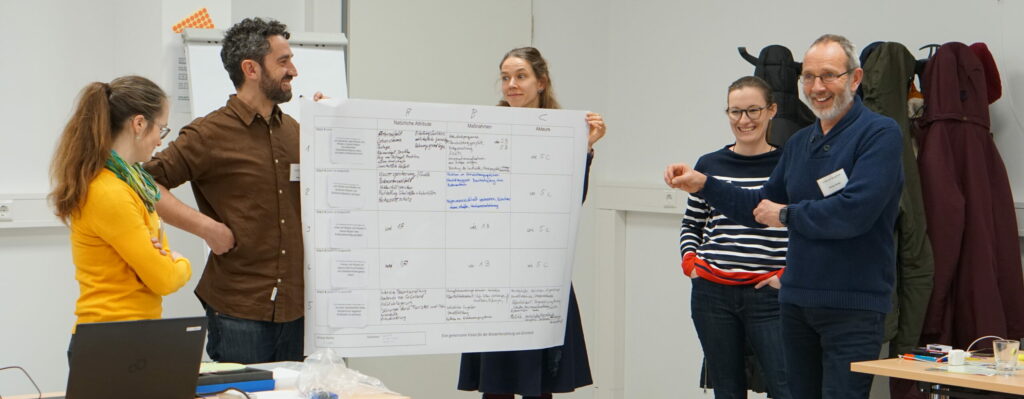
Are Grasslands natural? What role does species diversity play?
To better understand the ecological processes and human-nature relationships in grasslands, Prof. Dr. Vicky Temperton, co-leader of Grassworks, gave a presentation about the multifunctionality of grasslands and the role of plant diversity with the title “Grasslands: from habitat to yield and the role of plant diversity”, which was received very positively. According to a participant, the workshop was a good opportunity to learn something about the scientific side that they could pass on to the others, and they were able to understand each other better because of the different opportunities for interaction and discussion. For some participants, a particularly central topic was the naturalness of grasslands, while the semi-natural habitat easily got a bitter connotation of being less natural or even less right or worthy of protection. The consideration of grasslands as once “natural”4 meant a lot to some participants and might have nuanced their view of meadows and pastures. Accompanying this insight was a desire for this perspective to be carried more into society. Also, insights into research findings were greatly appreciated, such as that grassland biomass, and thus yield, are higher when biodiversity is higher in that same grassland. Similarly, the resilience of species-rich grasslands is also higher because multiple species can perform the same function in the ecosystem, and even if one species goes extinct, another can take over its function and the ecosystem remains functional. It was also particularly impressive to some participants that a meadow that is mowed twice and grows legumes (which make nitrogen available to plants from the air through a symbiotic relationship with bacteria) is just as productive as a meadow that is fertilized with 100–200 kg of nitrogen per hectare and year.5 Moreover, we tried to emphasize the importance of this workshop by embedding it in a scientific context. For example, a study by Schmitt and colleagues6 showed that although values regarding grassland can vary significantly between different regions, most values are relational and intrinsic, an outcome that seemed to be reflected in this workshop.

And now? About leverage points and action planning
In the end, the participants gave valuable feedback, about how to better reach farmers as well as how they could contribute in the future. In addition, some of the discussions highlighted the importance of leverage points (places or points of power within a complex system, where a small shift in one place can lead to significant transformations in the system, as a whole). This concept of leverage points will play an important role in the next workshop. Along with that, an outlook on the next project phase was given, which will focus more on the planning of measures. In that next workshop, the goals of the restoration will be defined together with the participants, as well as the potential challenges, opportunities, and leverage points (see figure below).
In conclusion, we could happily say that through this workshop, the foundation for the next phase of the process was laid, and we’ll make sure to use all the knowledge that we gained to further plan the next workshop. This workshop has demonstrated to us, again, how important it is to bridge science and society, to learn from each other, and most importantly to support each other in restoring jointly some of our local grasslands.
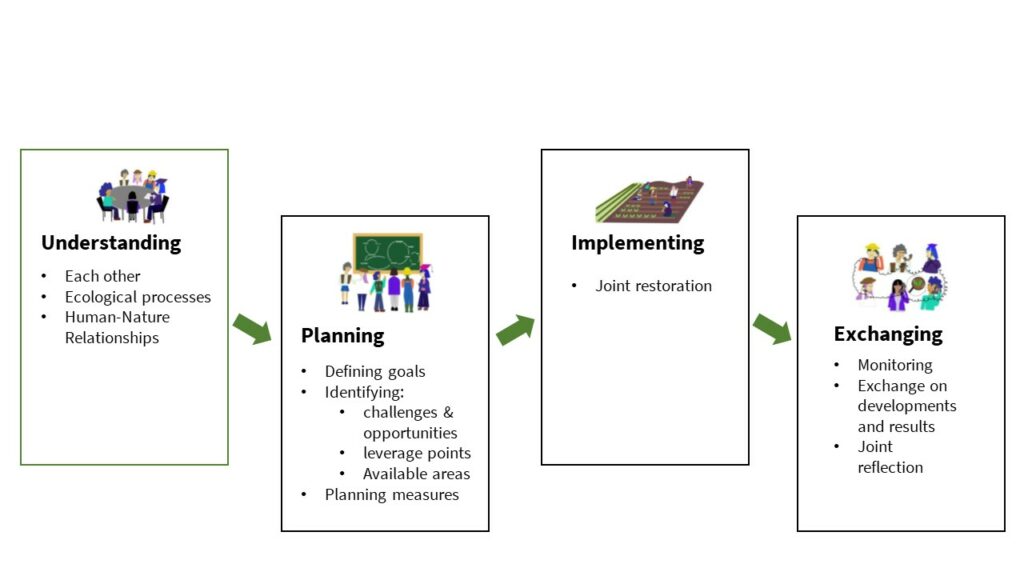
This research is funded by BMBF (Federal Ministry of Education and Research in Germany), under the Research for Biodiversity Conservation Programme (FEdA). Project period: Nov. 2021 — Oct. 2024
References
- Jandt, U., Bruelheide, H., Jansen, F., Bonn, A., Grescho, V., Klenke, R. A., … & Wulf, M. (2022). More losses than gains during one century of plant biodiversity change in Germany. Nature, 611, 512–518. https://doi.org/10.1038/s41586-022-05320-w↩
- Schwägerl, C. (2016). What’s Causing the Sharp Decline in Insects, and Why It Matters. YaleEnvironment360. https://e360.yale.edu/features/insect_numbers_declining_why_it_matters↩
- Temperton (2013): Mit Wissenschaft zurück zu artenreichen Wiesen — Die Renaturierung von Graslandbeständen als komplexes System. In: Beck (ed.): Die Vielfalt des Lebens: Wie hoch, wie komplex, warum? Wiley VCH.↩
- Feurdean, A., Ruprecht, E., Molnár, Z., Hutchinson, S. M., & Hickler, T. (2018). Biodiversity-rich European grasslands: Ancient, forgotten ecosystems. Biological Conservation, 228, 224–232. https://doi.org/10.1016/j.biocon.2018.09.022↩
- Weigelt, A., Weisser, W. W., Buchmann, N., & Scherer-Lorenzen, M. (2009). Biodiversity for multifunctional grasslands: equal productivity in high-diversity low-input and low-diversity high-input systems. Biogeosciences, 6(8), 1695–1706. https://doi.org/10.5194/bg-6-1695-2009↩
- Schmitt, T. M., Riebl, R., Martín-López, B., Hänsel, M., & Koellner, T. (2022). Plural valuation in space: mapping values of grasslands and their ecosystem services. Ecosystems and People, 18:1, 258–274. https://doi.org/10.1080/26395916.2022.2065361↩
Lea Pöllmann
I am studying environmental and sustainability sciences with a focus on ecology and nature conservation at the Leuphana University of Lüneburg. I am particularly interested in ecosystem functions and interactions and how we can connect them with our social systems in a sustainable and mutually beneficial way. At Grassworks, I mainly work in outreach and am writing my thesis in the ecological research component.
I studied Political Science and Applied Research Methods (B.Sc. and M.Sc.) with a focus on social-ecological systems at the Babeș-Bolyai University in Cluj-Napoca, Romania. While doing the Ph.D. at Leuphana University, I was interested in how different governance processes, cooperation between actors and their value systems influences food and energy systems in different parts of Romania. This PhD project was part of the project Leverage Points for Sustainability Transformation. In the Grassworks research project, my main role is the research coordination and communication with the research team, as well as the knowledge integration of the project results, using the ‘leverage points’ concept from a holistic perspective. A smaller part of my research interest lies in collaborating with the Real-World Laboratory from the Northern Region to explore potential opportunities and challenges in setting up these experimental spaces for creating and transferring knowledge between science and society.
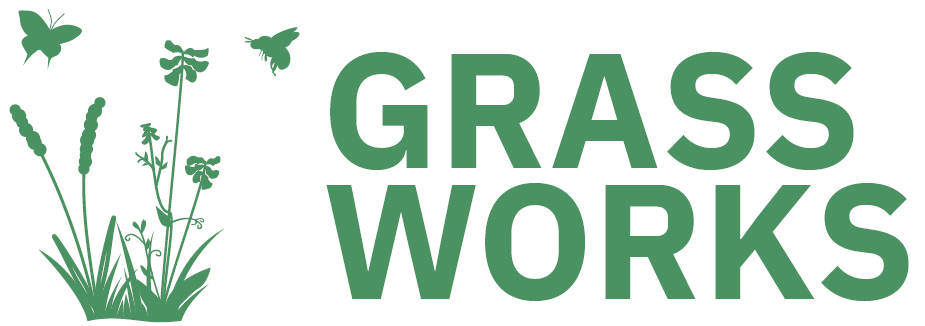



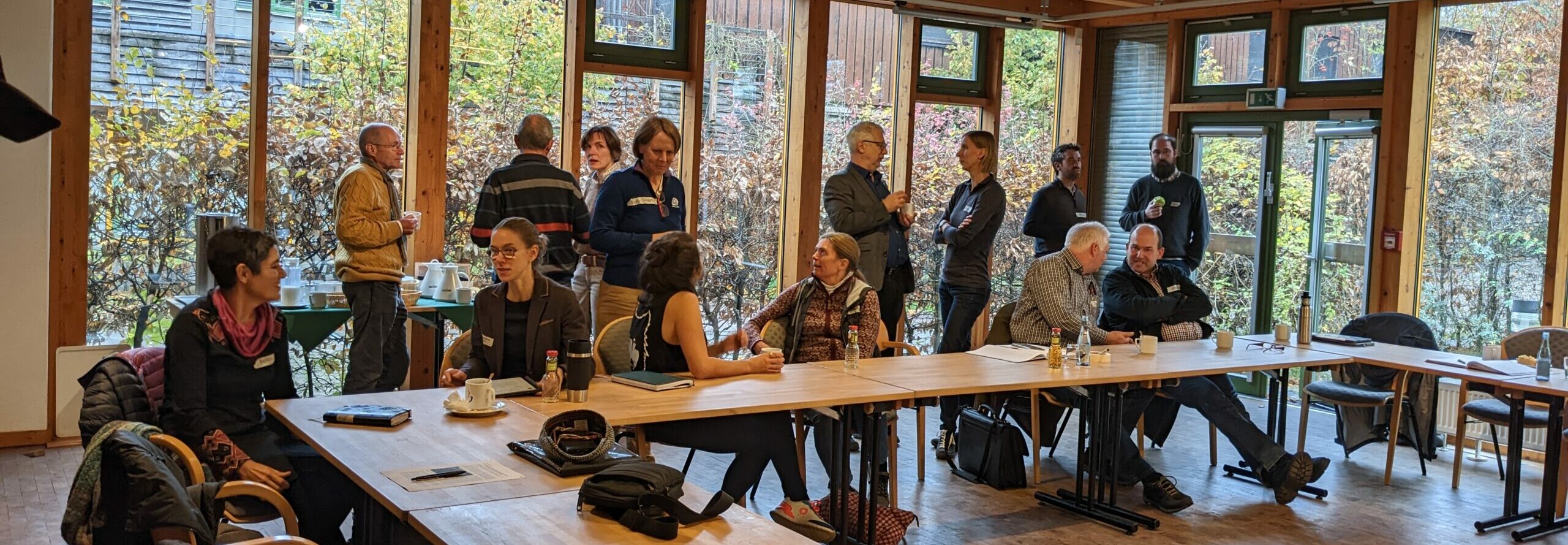
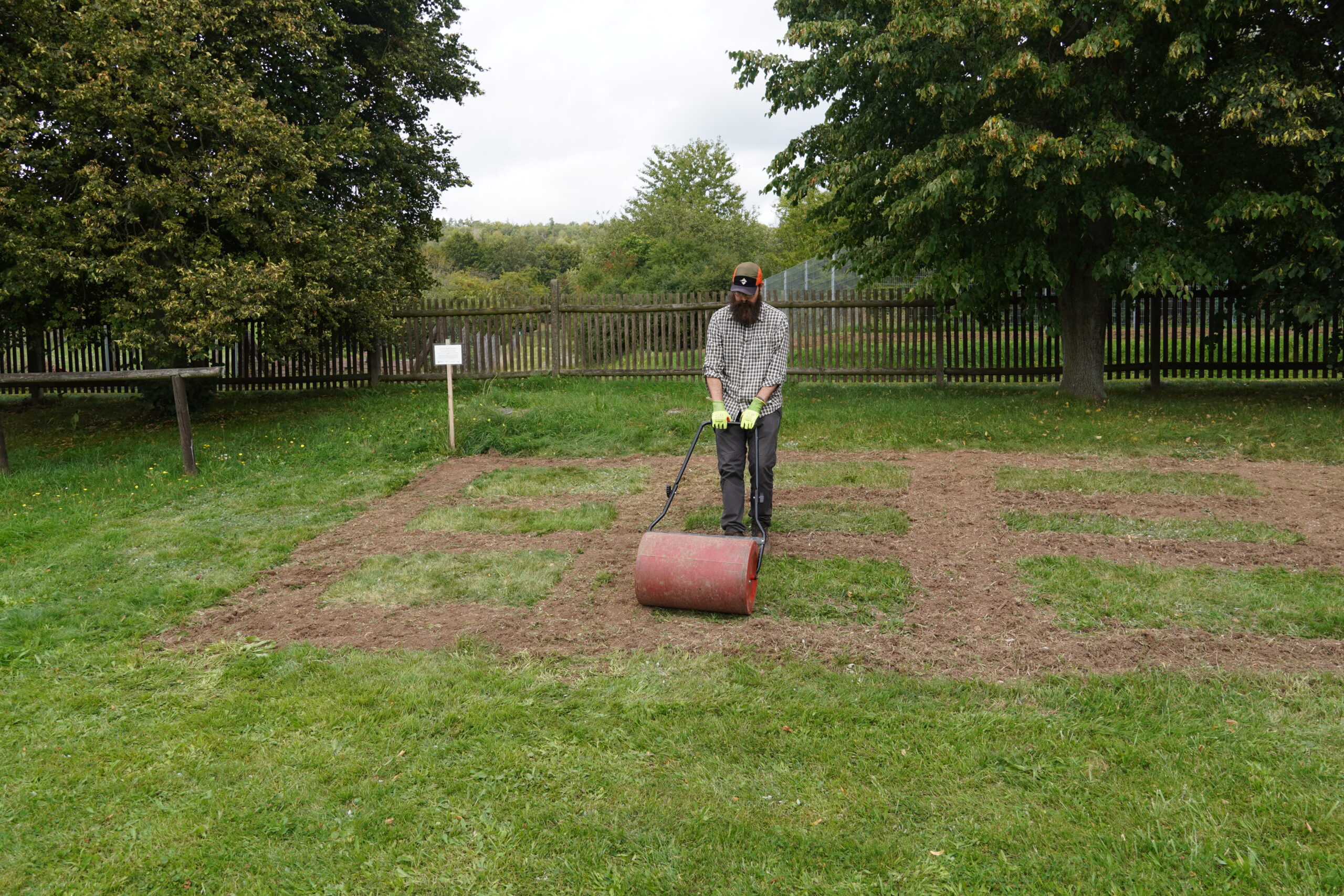
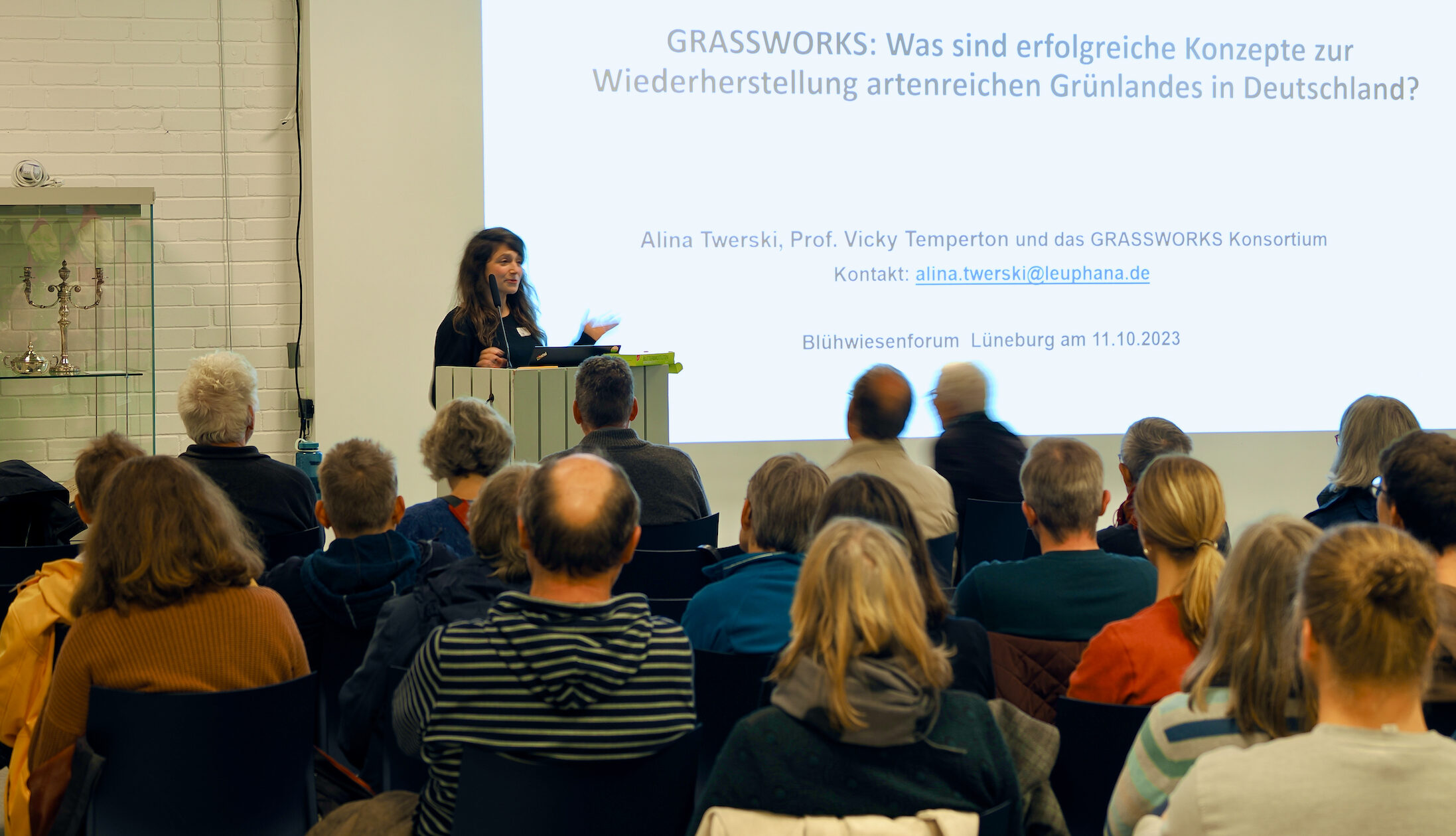
Leave a Reply